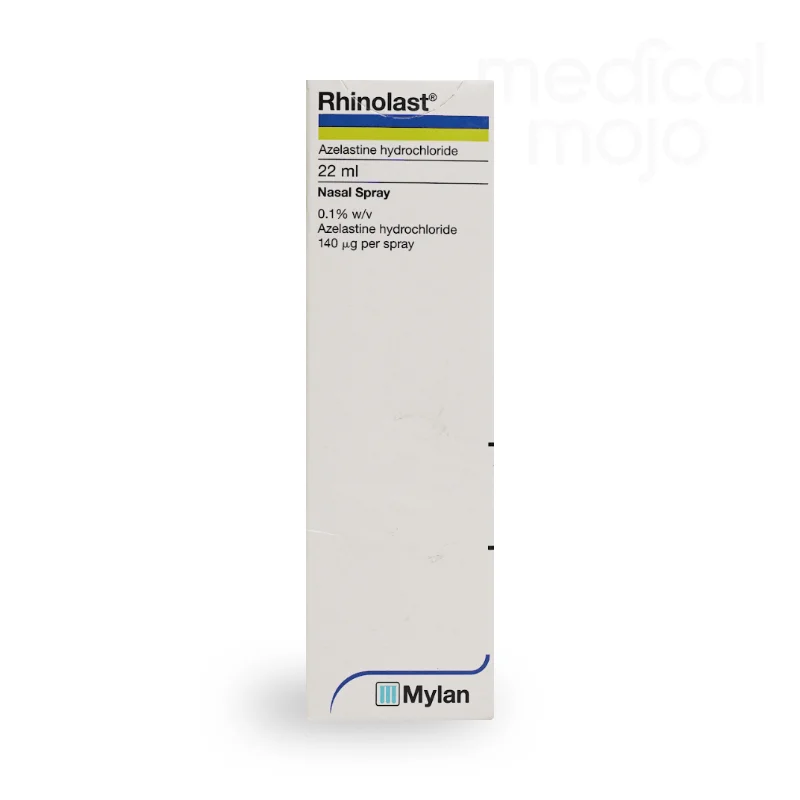What is Flixonase?
Flixonase is an aqueous nasal spray used to effectively treat and prevent allergic rhinitis, both seasonal and year-round. The active ingredient in Flixonase is fluticasone propionate, a corticosteroid that works by reducing inflammation and relieving allergy symptoms.
What is Flixonase used for?
Flixonase nasal spray is used to manage and prevent the symptoms of seasonal and year-round allergic rhinitis, including hay fever. Although allergic rhinitis cannot be cured, its symptoms can be managed with proper treatment. Flixonase helps by inhibiting the immune system’s inflammatory response to allergens, preventing symptoms like sneezing, itching, and a blocked or runny nose. It also helps relieve eye-related allergy symptoms.
How does Flixonase work?
Flixonase works by reducing inflammation in the nasal passages, which helps alleviate symptoms of allergic rhinitis, such as a stuffy or runny nose, sneezing, and itchy eyes. The active ingredient, fluticasone propionate, is a corticosteroid that inhibits the immune system’s response to allergens. For best results, it should be used regularly, as directed by a doctor or pharmacist.
Does Flixonase work?
Yes, Flixonase nasal spray is effective in treating and preventing the symptoms of allergic rhinitis. By reducing inflammation in the nasal passages, it helps alleviate common allergy symptoms such as a runny or blocked nose, sneezing, and eye irritation. Consistent use as directed is important for optimal results.
What are alternatives to Flixonase?
If you are unable to use Flixonase or prefer not to use nasal sprays, there are several alternatives available:
- Over-the-counter (OTC) antihistamines: Piriton, Loratadine, Cetirizine
- Prescription antihistamines: Telfast, Xyzal
- OTC nasal sprays: Pirinase, Beclometasone
- Prescription steroid nasal sprays: Avamys, Nasonex
- Combination nasal sprays: Dymista (steroid and antihistamine)
- Eye drops: Opticrom, Optilast
Non-medicinal methods like keeping windows closed on high pollen days, showering regularly to remove pollen, and wearing sunglasses can also help reduce symptoms.
How to take Flixonase nasal spray?
To use Flixonase effectively, shake the bottle gently, and if it’s your first use, prime it by spraying it until a fine mist appears. The typical starting dose for adults and children over 12 is two sprays per nostril once daily. Adjustments to the dose may be necessary depending on symptom severity. Always follow the dosage instructions provided by your doctor or pharmacist.
What are the ingredients in Flixonase?
The active ingredient in Flixonase is fluticasone propionate, a corticosteroid that reduces inflammation. Other inactive ingredients include:
- Cellulose microcrystalline
- Carmellose sodium
- Glucose
- Polysorbate 80
- Purified water
- Benzalkonium chloride
- Phenylethyl alcohol
If you have allergies to any of these ingredients, consult your doctor before using Flixonase.
What are the side effects of Flixonase?
While Flixonase is generally well-tolerated, some users may experience side effects. Common side effects include:
- Headache
- Nosebleed
- Irritation or dryness of the nose or throat
- Unpleasant taste or smell
These side effects affect up to 1 in 10 users. If you experience severe side effects or signs of an allergic reaction, seek medical attention immediately.
What precautions should I take with Flixonase?
Flixonase may not be suitable if you have a nasal infection or have recently had nasal surgery. Inform your doctor if you are taking any of the following:
- Protease inhibitors (e.g., ritonavir)
- Other corticosteroid medicines
- Treatments for fungal infections (e.g., ketoconazole)
Always read the packaging and Patient Information Leaflet before starting a new medication.
Can I take Flixonase with other medications?
Before using Flixonase, inform your doctor if you are taking other medications, including over-the-counter or herbal products. Special caution is needed if you have been on long-term steroid treatments or are taking antiviral or antifungal medications that may interact with fluticasone propionate.











